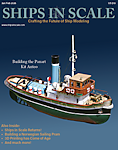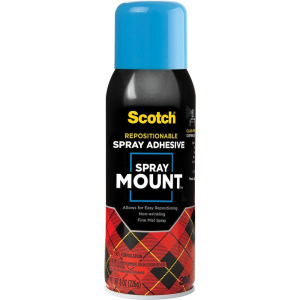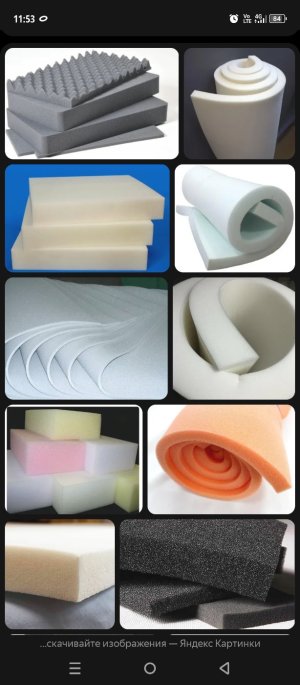I have about forty ship models I need to move across country. I'm planning on renting a truck just for them, but the problem is how do I move them without damaging them? I've done this before, so I have some experience, but I've always had problems. For example, I can't use tape on plexiglass cases, as it never comes off. I have had problems with Styrofoam peanuts because they scratch the paint.
Half of them, the largest ones (up to 40") are in plexiglass cases with wood bases. The models are not glued to the base and I'd rather not do that. I thought about turning the plexiglass over and filling the top with peanuts and sitting the models inside that (using the base as the "top"). I've done this before, but the Styrofoam peanuts scratch the model paint. Any suggestions for an alternative?
The other half of the models are "loose" in that they don't have individual cases. They average about 16" in length. Any ideas for how I might pack them? Again, I'll need to find some soft material to pack them with.
I'm moving from AZ to NC in October. Do I need to worry about heat inside the truck?
Your ideas will be greatly appreciated.
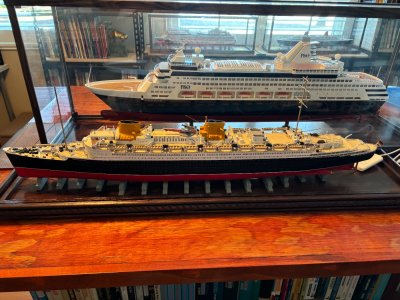
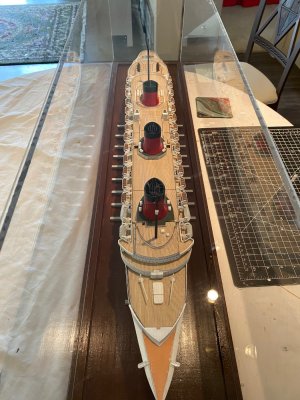
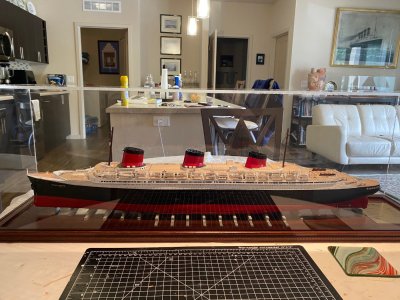
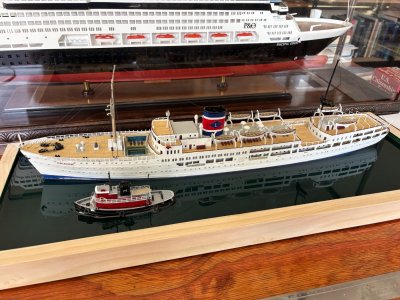
Half of them, the largest ones (up to 40") are in plexiglass cases with wood bases. The models are not glued to the base and I'd rather not do that. I thought about turning the plexiglass over and filling the top with peanuts and sitting the models inside that (using the base as the "top"). I've done this before, but the Styrofoam peanuts scratch the model paint. Any suggestions for an alternative?
The other half of the models are "loose" in that they don't have individual cases. They average about 16" in length. Any ideas for how I might pack them? Again, I'll need to find some soft material to pack them with.
I'm moving from AZ to NC in October. Do I need to worry about heat inside the truck?
Your ideas will be greatly appreciated.






